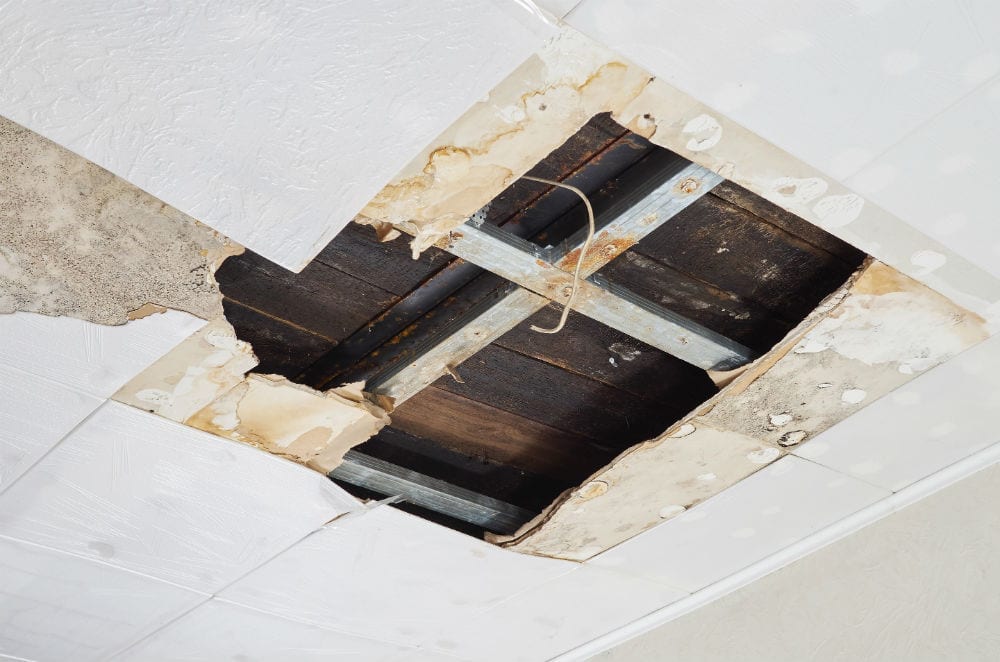Do's & Don'ts of Water Restoration.
Do's & Don'ts of Water Restoration.
Blog Article
Nearly everybody is bound to have their own individual opinion with regards to Preventing Fires and Water Damage In Your Home.

Water offers life, water invasion on parts where it's not meant to be can result in damages. It can peel off away surfaces and also wear down the foundation if the water saturates right into your structure. Mold and mildew and mildew likewise flourish in a moist environment, which can be unsafe for your wellness. Houses with water damage scent stuffy and old.
Water can come from several sources such as typhoons, floodings, burst pipes, leakages, as well as drain problems. In case you experience water damages, it would certainly be good to know some safety and security precautions. Below are a couple of standards on just how to deal with water damage.
Do Prioritize Residence Insurance Coverage Insurance Coverage
Water damages from flooding dues to heavy winds is seasonal. However, you can likewise experience an unexpected flood when a malfunctioning pipe unexpectedly breaks right into your house. It would be best to have home insurance coverage that covers both disasters such as natural tragedies, as well as emergencies like damaged plumbing.
Don't Fail To Remember to Shut Off Utilities
In the event of a catastrophe, specifically if you live in a flood-prone area, it would be recommended to turn off the primary electrical circuit. This removes power to your whole residence, stopping electric shocks when water can be found in as it is a conductor. Do not forget to turn off the primary water line shutoff. When floodwaters are high, furnishings will certainly walk around and create damages. Having the major shutoff turned off prevents more damages.
Do Stay Proactive and also Heed Weather Notifies
Storm floodings can be extremely unpredictable. If there is a history of flooding in your neighborhood, remain prepared as well as positive. If you live near a creek, lake, or river , listen to emptying warnings. Take out belongings from the very beginning and also basement, then placed them on the highest possible level. Doing so reduces possible home damages.
Do Not Overlook the Roofing System
Before the weather condition turns shocking, make certain you have a roof covering assessment. Actually, it would be prudent to obtain this service every year as it can mitigate intricate concerns. If there are no holes and leakages in your roof covering, you can prevent rainfall damage. Your roofer will additionally care for malfunctioning seamless gutters or any other indicators of weakening. This will certainly stop water from moving down your walls as well as saturating your ceiling.
Do Take Note Of Little Leakages
A ruptured pipe does not take place over night. You may see bubbling paint, peeling off wallpaper, water streaks, water stains, or trickling sounds behind the wall surfaces. Have your plumbing repaired before it results in large damage.
Don't Panic in Case of a Ruptured Pipe
When it comes to water damage, timing is key. Therefore, if a pipe ruptureds in your house, quickly closed off your primary water valve to reduce off the source. Call a credible water damage restoration expert for support.
Water gives life, water intrusion on parts where it's not intended to be can result in damage. Residences with water damage smell stuffy and old.
Water damage from flooding dues to heavy winds is seasonal. You may discover gurgling paint, peeling wallpaper, water streaks, water stains, or trickling sounds behind the wall surfaces. When it comes to water damages, timing is vital.
Some Do's & Don't When Dealing with a Water Damage
DO:
Make sure the water source has been eliminated. Contact a plumber if needed. Turn off circuit breakers supplying electricity to wet areas and unplug any electronics that are on wet carpet or surfaces Remove small furniture items Remove as much excess water as possible by mopping or blotting; Use WHITE towels to blot wet carpeting Wipe water from wooden furniture after removing anything on it Remove and prop up wet upholstery cushions for even drying (check for any bleeding) Pin up curtains or furniture skirts if needed Place aluminum foil, saucers or wood blocks between furniture legs and wet carpet Turn on air conditioning for maximum drying in winter and open windows in the summer Open any drawers and cabinets affected for complete drying but do not force them open Remove any valuable art objects or paintings to a safe, dry place Open any suitcases or luggage that may have been affected to dry, preferably in sunlight Hang any fur or leather goods to dry at room temperature Punch small holes in sagging ceilings to relieve trapped water (don't forget to place pans beneath!); however, if the ceiling is sagging extremely low, stay out of the room and we'll take care of it DO NOT:
Leave wet fabrics in place; dry them as soon as possible Leave books, magazines or any other colored items on wet carpets or floor Use your household vacuum to remove water Use TV's or other electronics/appliances while standing on wet carpets or floors; especially not on wet concrete floors Turn on ceiling fixtures if the ceiling is wet Turn your heat up, unless instructed otherwise

I recently found that blog entry on Preventing Fires and Water Damage In Your Home when doing a search on the search engines. So long as you liked our page please do not forget to share it. Thank you for your time. Visit again soon.
Report this page